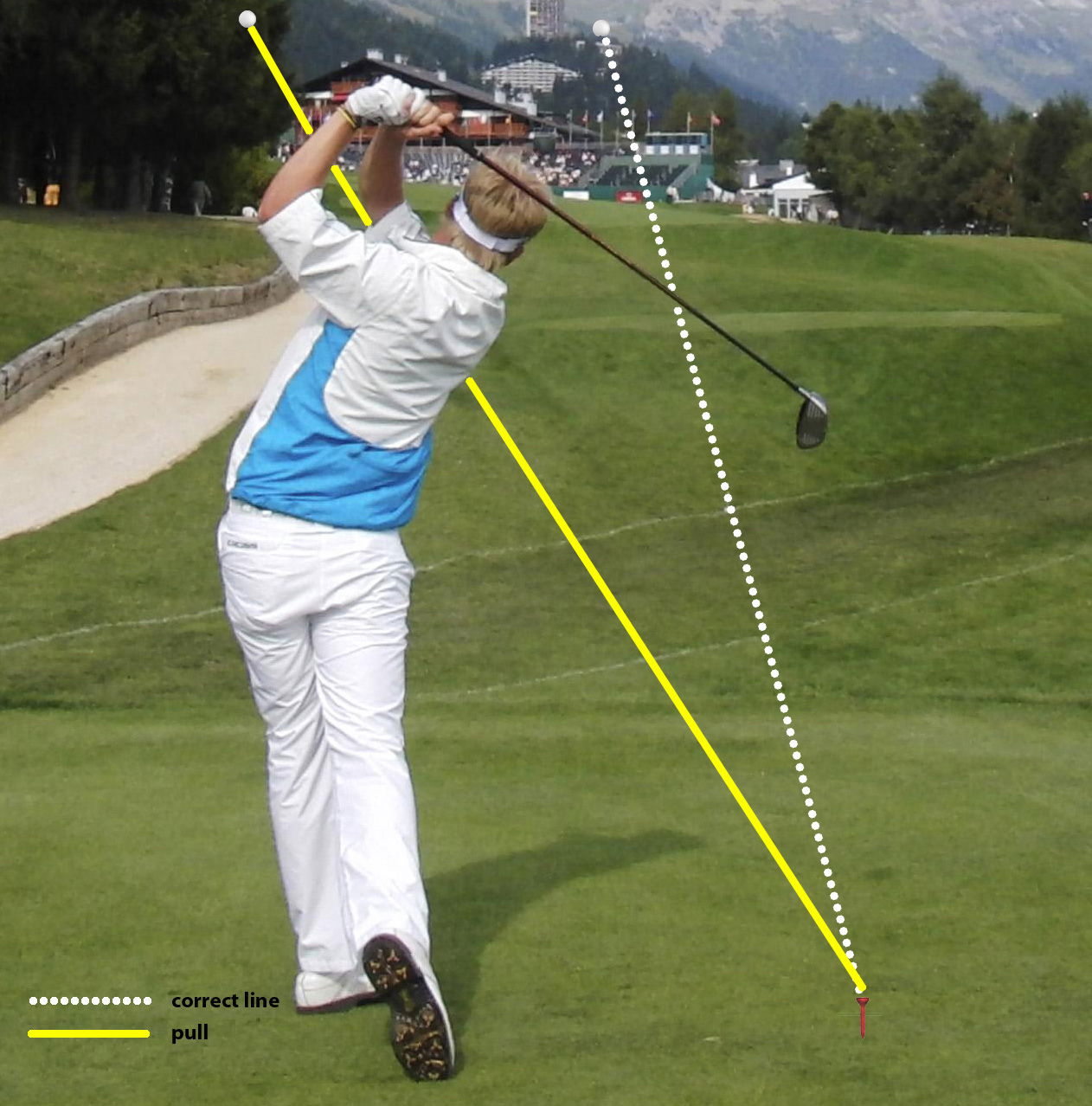Golf swing tips - 5: How to stop shanking the ball
Still keep hitting the dreaded shank? Then check out our simple fixes to cut it out your game

This is the fifth article in our ten of the best golf swing tips for beginners series.
For a right-hander, the shank is a shot that goes almost 90 degrees right of the target (Fig.1). It's when the ball hits the bottom of the shaft (hosel) instead of the clubface, especially when hitting an iron shot.
This is debatably the scariest shot in golf that makes you want the ground to swallow you up whenever it happens. However, there really are just a few simple things you need to learn to stop it...
1. Make sure you're not turning your wrists under
At set up and during impact if you turn your wrists under (clockwise) then the club will automatically open (Fig.2). So try to rotate them back anti-clockwise at address so the clubface is square to the target (Fig.3). If this doesn't work try ex-Tour professional Simon Garner's new drill to avoid the shank.
2. Put the ball more forward in stance
Having the ball back in your stance increases the chances of hitting the ball when your swing hasn't hit the top of your swing arc and therefore pushing the clubface outside of the ball, meaning it may hit the bottom of the shaft.
3. Stand further away from the ball
If you stand too close to the ball your hands and arms have less room to manoeuvre (Fig.2) and so will not be able to force the clubface inside of the ball, which in-turn will cause a shank shot. Just stand a couple of inches further back and give it a go.
4. Lessen the weight put on your toes
For the push shot it's important to stand on the balls of your feet for better movement during the shot but equally you don't want to be too far forward on your toes or you'll restrict your swing which could lead to a shank. So work on your posture to help cure it.
5. Get rid of the exaggerated swing path
You may be prone to either having an extreme in-to-out or out-to-in swing path. Either one will increase the chance of hitting the bottom of the shaft instead of the clubface. Get a partner to tell you which way you're swinging and try a few new methods on the range to counteract the problem.
Want any more swing tips and cures? Then check out our instructional articles on...
1. How to cure a slice
2. How to cure a hook
3. How to cure a push
4. How to cure a pull
6. How to stop duffing the ball
7. How to stop topping the ball
8. How to hit a fade
9. How to hit a draw
10. How to hit a punch shot

